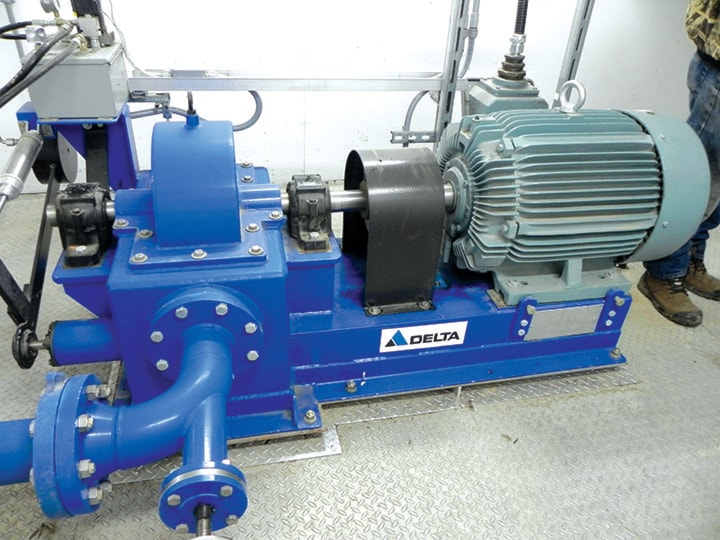A handful of villagers gathered at the village office on March 24 for a guided tour of Nakusp’s new microhydro water treatment facility.
“A couple of years ago the village decided it would behoove us to put all the water pressure to use,” said Warren Leigh, director of public works for the Village of Nakusp. “The infrastructure was already in place, we have a ten inch ductile water main that brings the water down from two creeks to this area.”
All the village had to do was cut into that water main, route it up into one of the new buildings, and then back down.
One big problem with building microhydro plants is workers are generally faced with a lot of pipe work, which means inevitably facing drilling and blasting, making it a big project.
The cost of this unit was around $200,000 to $250,000, but the pipes were already in place. If the village were to start from scratch, it would have been much more expensive.
There are a few problems with running the plant — the main one is it takes so much water.
“This plant runs at 25 litres per second, and it takes all that water to power this little plant,” said Leigh. “In order to power the whole town, we’d need Halfway River, and then a huge drop in elevation, and a monster plant.”
The plant runs year-round, but if the power goes out in the village, the plant immediately shuts off.
To keep things in perspective, Leigh brought out what was formerly used to treat the water at the village, a small yellow apparatus around the size of a bread box.
Before the microhydro plant was there, the water would come down the mountain into a small building and would pump out of a shelf inside the building. It then went into the reservoir, which was gravity fed to the town.
Leigh was asked if the new plant was the reason water rates were going up. He explained that the water rates people pay have to totally pay for the water system.
“Water rates were based on this treatment plant that I’m holding in my hands,” he said. “Because we have a new treatment plant, the cost of producing water went up dramatically.”
The plant is expected to generate approximately $100 per day, or $35,000 per year in revenue for the village.
